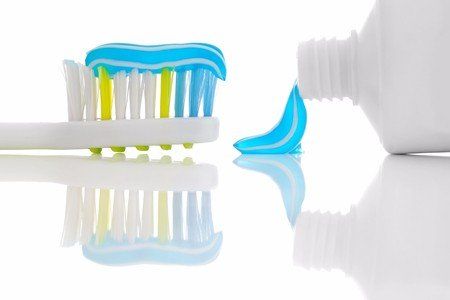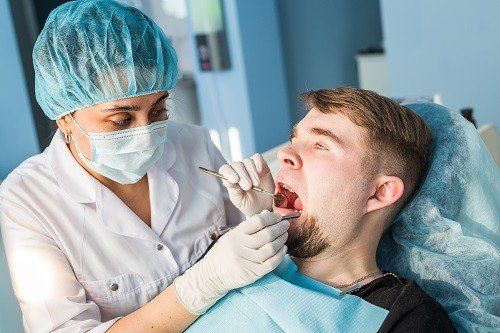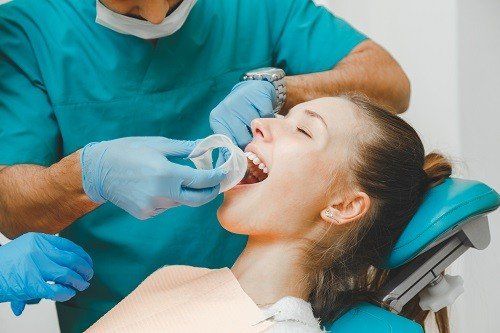A History of Toothbrushes and Toothpastes
Oral health supplies have a long history,
dating as far back as 3500-3000 BC when Babylonians and Egyptians made brushes
by fraying the ends of twigs—tombs of ancient Egyptians have even been found to
contain tooth-sticks for owners. Around 1600 BC, aromatic twigs were used as
“chewing sticks” to freshen breath.
The first natural bristle toothbrush was made in China around the 15th century. Originally, toothbrushes were made using bristles from pigs’ necks and were attached to bones or bamboo handles. Later, Europe adapted the design and used horse hairs or feathers for softer bristles. William Addis made a more modern design around 1780, carved from cattle bone instead of bamboo, but he still used swine bristles. It wasn’t until 1844 that the first three row bristle brush came into fruition.
Natural brushes were used until the
invention of nylon around 1938. By the 1950s, softer nylon bristles were made,
which started the design of the modern toothbrushes we are familiar with today.
Surprisingly, the first electric toothbrush was made in 1939, and Broxodent
made the first electronic brush in the U.S. in 1960. Today, both manual and
electronic brushes come in a variety of shapes and sizes—still using nylon bristles.
Toothpaste also originates with the Egyptians,
dating back to 5000 BC, and ancient Greeks and Romans are also known to have
used toothpaste. Ancient toothpastes were used to treat some of the same
problems we face today—keeping teeth and gums clean, whitening teeth, and
freshening breath. The only difference were the ingredients used. Originally,
toothpaste was made using a powder from ox hooves’ ashes and burnt eggshells combined
with pumice. To make it a little more abrasive, the Greeks and Romans added
bones and oyster shells. The Romans added more flavoring as well as powdered
charcoal and bark to help with bad breath. The Chinese used a wider variety of
substances including ginseng, herbal mints, and salt.
Throughout the 1800s, toothpaste continued
to evolve. Early versions contained soap, and chalk was added in the 1850s. In
England, betel nut was used, and by the late 1860s, there were some versions
that used grounded charcoal. Prior to mid-1800s, powder was the primary
substance. During the 1850s, a paste in a jar emerged called Creme Dentifrice,
and by 1873, Colgate began mass production.
The brand would continue to use soap as
an ingredient until 1945 when it began to replace soap with sodium lauryl
sulfate to make a smoother paste. In 1914, fluoride was introduced to help
prevent tooth decay, and less abrasive pastes were being developed to help
avoid problems caused from brushing too hard. Today, oral health supplies are
continuing to advance, from brushes to water picks. Toothpastes are continuing
to advance regarding whitening agents and disease prevention, making healthy,
brighter smiles a more common occurrence.
Are you still paying too much for your dental care? Did you know the Wellness Dental Plan can save you as much as 20 percent off your dental bills? We offer individual, business, and family discount dental plans at incredible costs! For more information, click here.
Copyright: pelfophoto
/ 123RF Stock Photo











